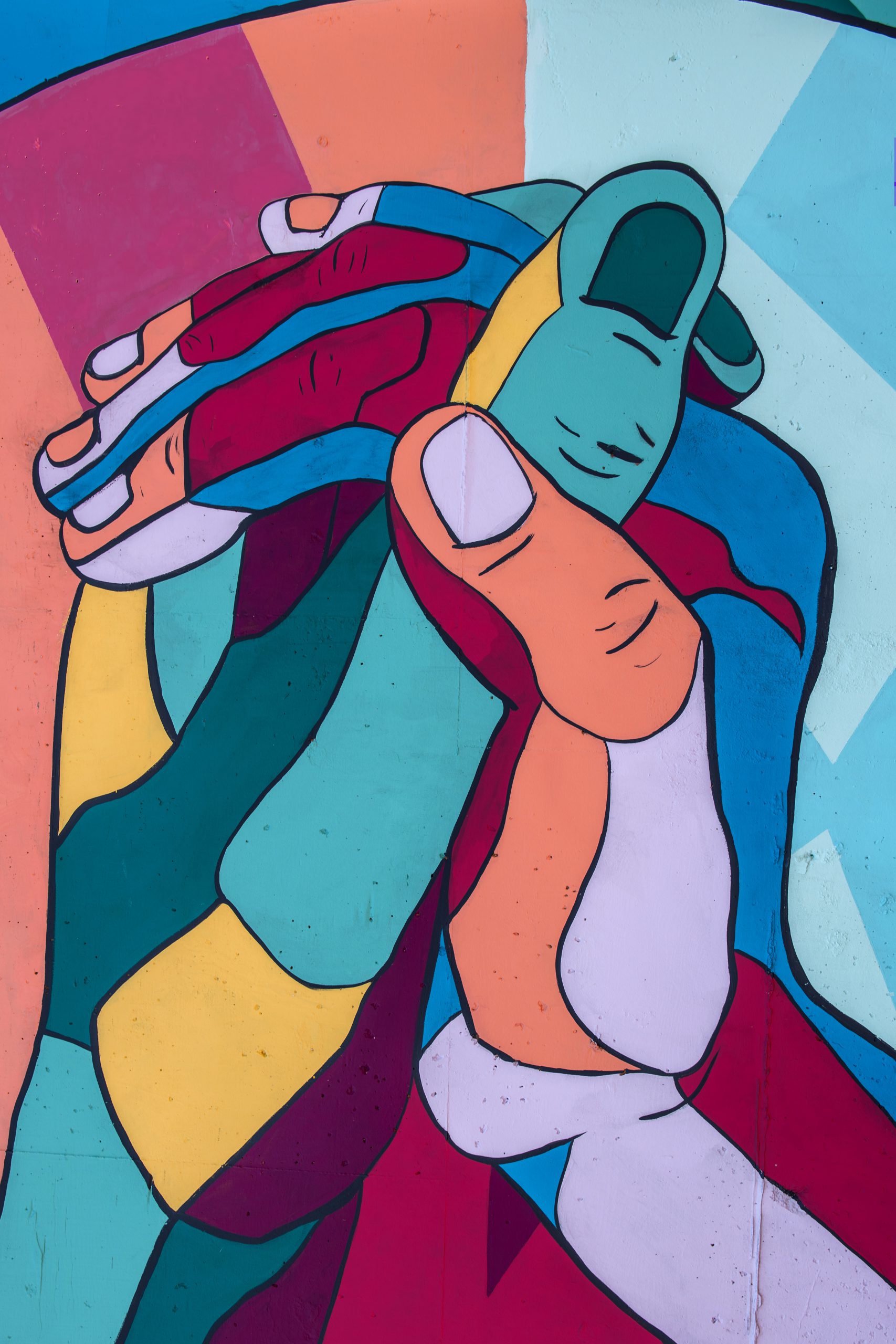
Inclusion is essential when designing and building technology
What’s happening? Germany company Solvemate has updated its customer service automation platform with features to improve accessibility for people with hearing, sight, visual and mobility impairments. The update includes a contextual conversation engine for cognitive impairment; chatbot text and image descriptions for hearing impairment; conversational interactive voice response for mobility impairment; and screen readers for visual impairment. The technology works “out of the box” enabling easy integration for customer service teams. (Solvemate)
Why does this matter? It’s unclear whether Solvemate’s features were developed with the necessary communities, but because AI relies on data training, it’s imperative data is inclusive to ensure products can work for everyone and not just a select few.
Technologies to assist neurodiverse individuals, members of the deaf or blind communities or people with disabilities are clearly developed with the best of intentions. However, if inclusive discussions are not part of the development process, the effectiveness of solutions can be limited or, in the worst cases, unusable.
Narrow thinking – Poor results have been seen when certain communities are not consulted as part of the development phase – for example, with multiple iterations of sign-language gloves that claimed to translate ASL. One version, called the SignLoud and developed by undergraduates at the University of Washington (UW), won a student prize after claiming to recognise elementary ASL signs. The project was promptly covered by NPR and Bustle. However, Director of the UW’s ASL programme, Lance Forshay, said he felt “betrayed” because the project hadn’t consulted members of the deaf community, leading to the neglection of crucial ASL components, such as movements of the mouth and the raising or lowering of the eyebrows. Omittance of these complexities and a sole focus on the hands suggests why these products never reached the commercial stage.
Inclusive collaboration – A 17-year-old student recently took an alternative approach and spent time consulting with ASL teachers and the deaf community to develop her Google Chrome extension which adds an interpreter to Disney Plus movies in the US. It has been received positively by those in the community, but also highlights how major corporations still fail to provide fundamental tools for inclusivity.
Elsewhere, in Japan, Masahiro Suzuki, an analyst at KDDI Research who is hard of hearing, pitched the idea of an audio feature to Kyocera that uses vibrations directly into the eardrum to make phone sounds clearer. Following its approval and design, the technology was awarded a top honour by the Accessibility Consortium of Enterprises.


